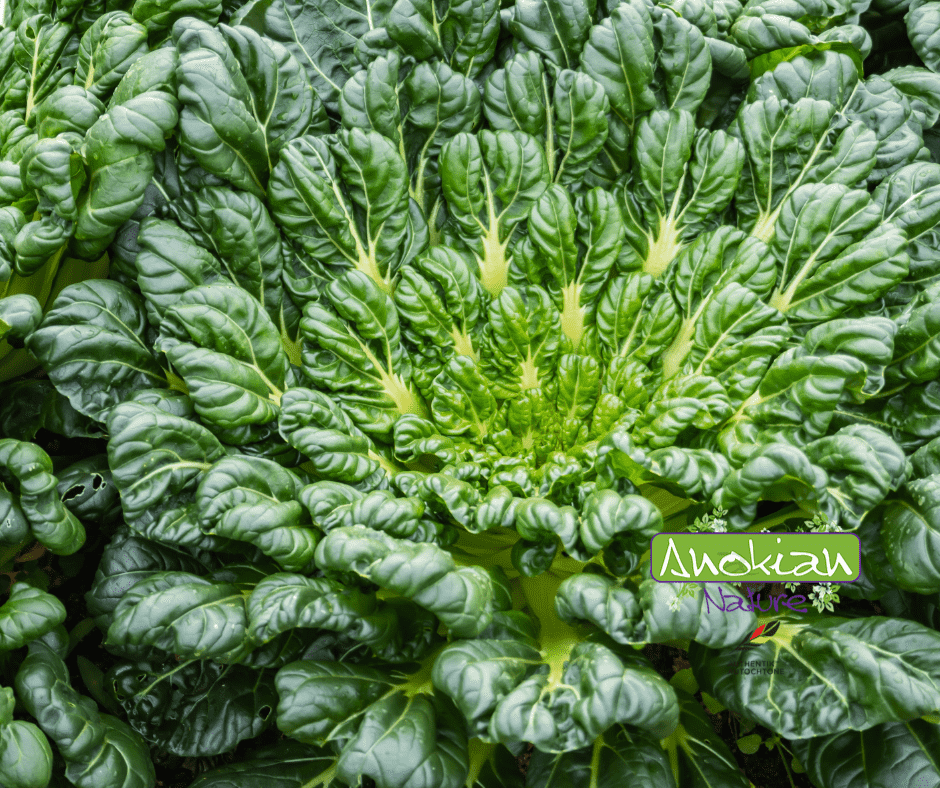Skip to product information










Seed | Tatsoi
$3.99 CAD
Quantity
Tatsoi is an Asian leafy vegetable prized for its compact rosettes of dark green, crisp leaves with a mild, slightly mustardy flavor.